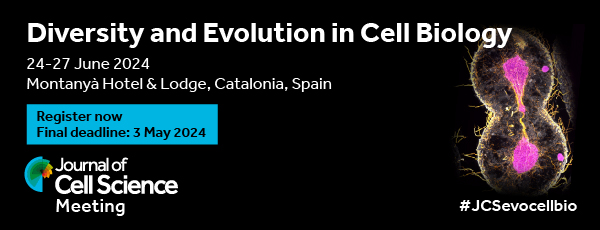
In mammalian cells, the cyclin-dependent kinase Cdk2 and its activator cyclin E control the G1-S transition of the cell cycle and the exit from quiescence. Cyclin E activity needs to be tightly regulated, as overexpression of cyclin E has been associated with cancer. Now, Jeffrey Singer and co-workers (Davidge et al., 2019) investigate how Cul3, an E3 ubiquitin ligase, regulates the degradation of cyclin E. They show that Cul3 can bind cyclin E directly, without the aid of BTB domain-containing proteins, which normally serve as a substrate adaptor for Cul3. Using a set of cyclin E truncation mutants, the authors show that the N-terminal half of cyclin E contains sequences that are required for its Cul3-mediated degradation. More specifically, they identify cyclin E K48 as the site for Cul3-mediated ubiquitylation, whereas residues 41–45 of cyclin E are involved in binding Cul3. Interestingly, both of these sites are only found in cyclin E1 and not in cyclin E2. Accordingly, cyclin E2 does not bind Cul3, and its abundance is unaffected by knockout of Cul3. Finally, the authors show that Cul3-knockout cells accumulate cyclin E prior to S phase, and that such cells enter S phase earlier than their wild-type counterparts. Collectively, these results highlight the importance of the cyclin E N-terminus for its degradation by Cul3, and they might help explain the increased activity of N-terminal cyclin E truncations which are found in some cancers.








